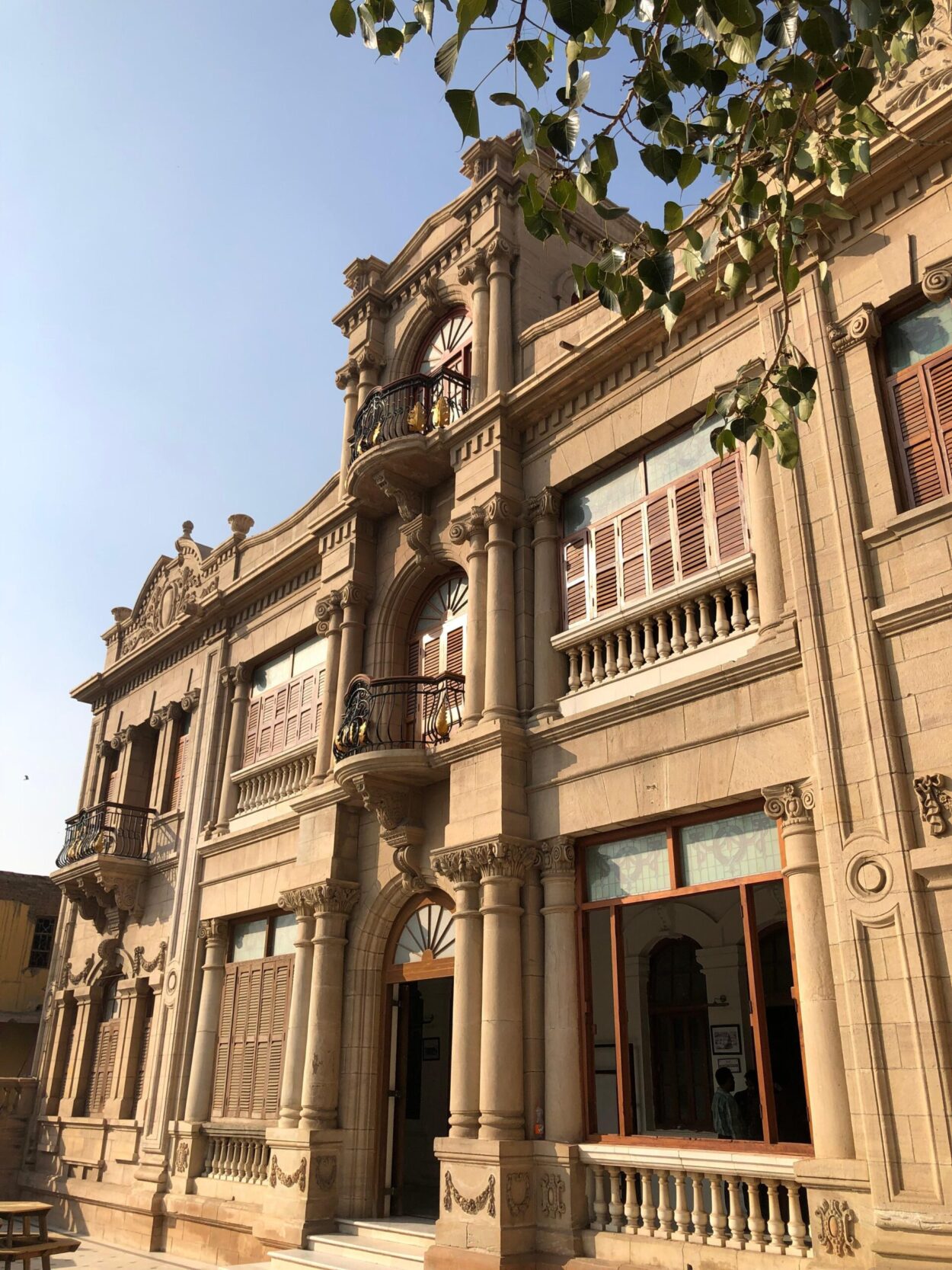By Nabeel Abro
Not all abandoned houses feel lonely. Some, even in silence, speak to the soul. Their quiet corners don’t unsettle they comfort. One such house stands in the heart of Hyderabad a place that draws you in not with grandeur, but with the stories buried within its walls.
This is Makhi House, also known as Makhi Mahal, a near-century-old structure that still captivates every eye that falls on it. Located opposite the historic Homestead Hall, near Pakka Qila, the house resembles a palace more than a home rich in architecture, layered in history, and echoing with memories of a family long gone.
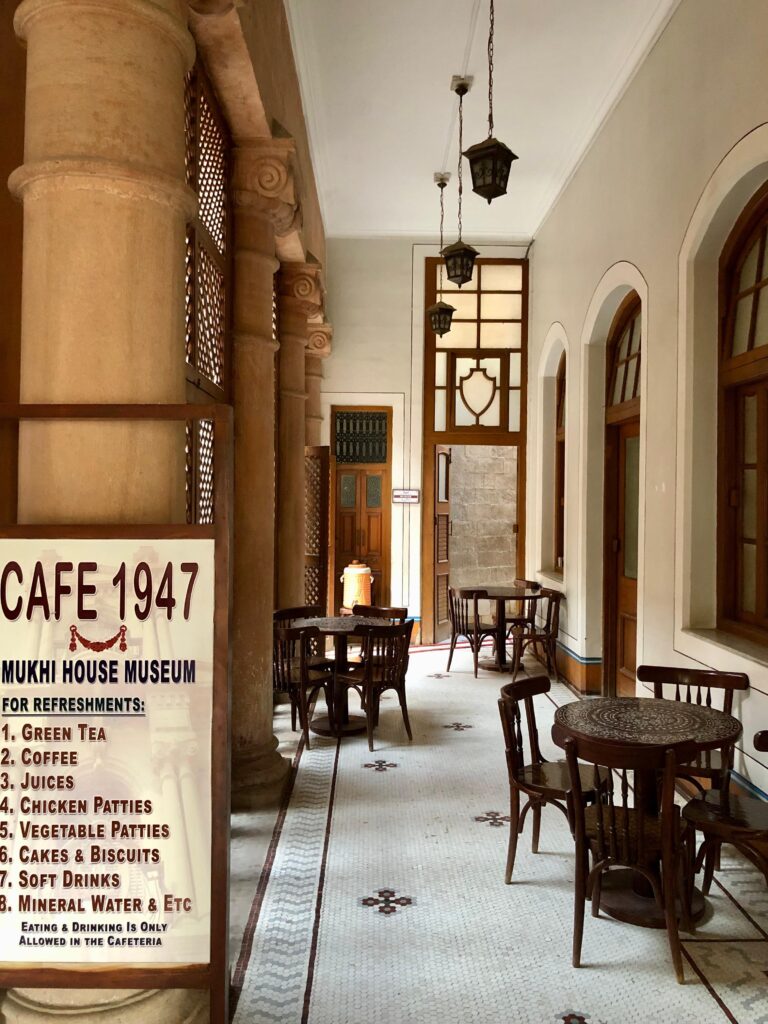
As I stepped inside Makhi House, a large hall unfolded before me. The air inside was noticeably cooler untouched by the heat of Hyderabad that usually begins to bite by March. But it wasn’t just the temperature. It was the stillness, the kind that wraps around you like a whisper from the past. Your footsteps echo. Your voice bounces off the walls. And even without people, it feels like the house breathes.
Built in 1920 by Jethanand Makhi, the head of Hyderabad’s municipal administration at the time, the house was designed not merely for living, but for legacy. He named it “Makhi Mahal,” and even today, it lives up to that title. Just a short distance from the house once stood Makhi Bagh, a lush garden now replaced by thick urban settlements. Seven years after the house’s construction, Jethanand passed away in 1927. But the house remained alive with his family’s presence.
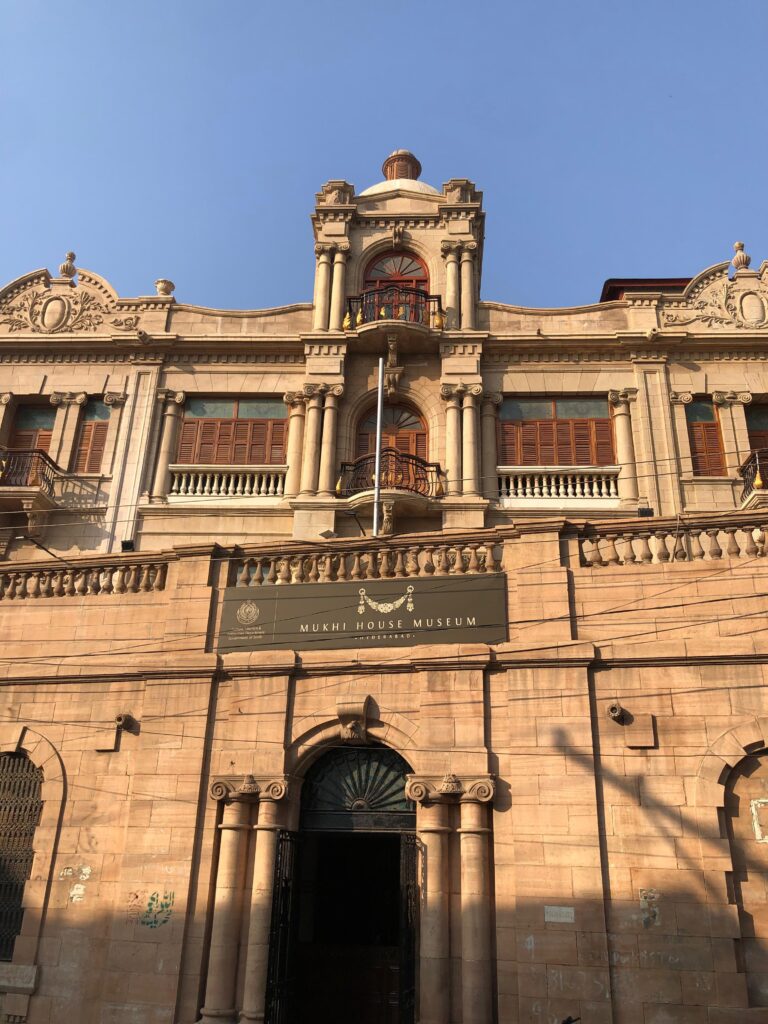
Makhi House withstood the turbulence of Partition in 1947. Unlike many, the Makhi family didn’t leave immediately. They continued living in the home they had built until 1957, when growing threats made it unsafe for them to stay. Jethanand’s widow and two sons were warned that remaining could put their lives at risk. They had no choice but to leave for India, bidding farewell to a house they had once called home.
For years after their departure, the house served different purposes. At one point, it was used by the Indian Consulate. Later, it became a base for the Frontier Constabulary (FC), and its lower floor was even converted into a school. Then came 1988, and with it, ethnic riots in Hyderabad. Makhi House was set ablaze. Its wooden doors, intricate windows, and antique furniture were all consumed by fire. But remarkably, the house survived.

In 2009, the Sindh Department of Antiquities took the house under its protection. Four years later, in 2013, the Makhi family returned to Hyderabad and visited their ancestral home. They gave their blessing for it to be converted into a museum a decision that began a new chapter for the Makhi Mahal. Today, the house is being carefully restored. Despite the damage it has endured, its essence remains intact. It now stands as a preserved piece of public heritage, open to future generations.
Makhi House is a two-story building with 12 rooms and two large halls. One of its most striking features is a central dome, visible from afar something rare in private residences. The walls were originally adorned with detailed artwork, much of which was destroyed in the fire. But whatever patterns could be saved were used as references to recreate the lost designs, preserving the house’s original look.
Built using blocks instead of bricks, the structure features skilled woodwork in teak and sheesham. Colorful stained-glass windows and built-in cupboards reflect the fine architectural taste of the era. Even the furniture, where salvageable, has been retained and displayed in its original form. However, some modern changes like current lighting — feel out of place and break the house’s vintage ambiance. Restoring even these smaller details to match the era would complete the experience.
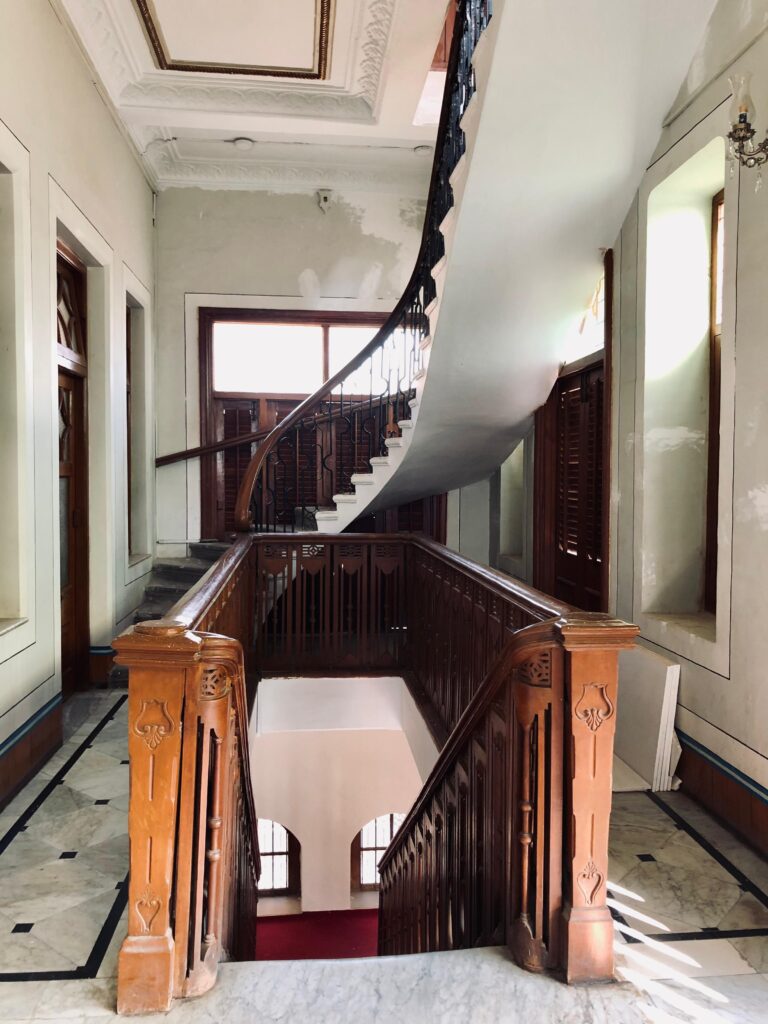
In one of its most historic moments, Jawaharlal Nehru, India’s first Prime Minister, visited Makhi House in 1931. If these walls could speak, they would tell stories of those days of joy, sorrow, and change. Now, only fragments of those memories remain: family photographs, a dining table once surrounded by laughter, and the quiet echo of lives once lived. What’s left are the forgotten workers, the craftsmen, and the labourers whose names no one remembers, but whose hands gave life to this palace.
As I stood there, a thought struck me we often remember the owners of such homes, but rarely the builders. Who were the men who laid these walls, carved the wood, and carried the stones? Their names have faded, but their work still stands tall.
Today, Makhi House is not just a building. It’s a piece of Hyderabad’s soul one that must be preserved. In a city where such historic homes are becoming rare, this one remains a symbol of resilience, art, and identity. Its protection is not just the government’s duty, but a shared responsibility.
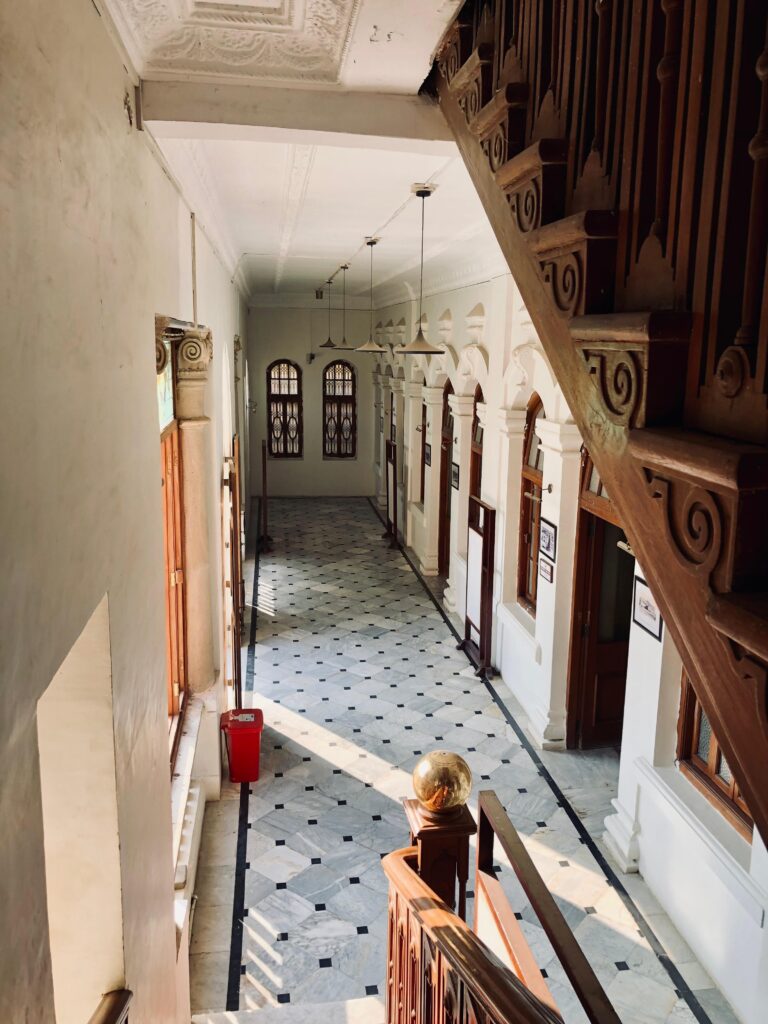
As I left the house, the sun dipped below the city’s horizon. The words of John Doe from an old film echoed in my mind:
“We’re the ones who grow the food, dig the mines, fly the planes, and build the homes. We’re all John Does.”
Maybe the builders of Makhi House were John Does too men whose sweat and skill turned stone into beauty, and whose legacy now stands not as a ruin, but as a museum of memory.
The writer is an Assistant Director Media in the Election Commission of Pakistan.

